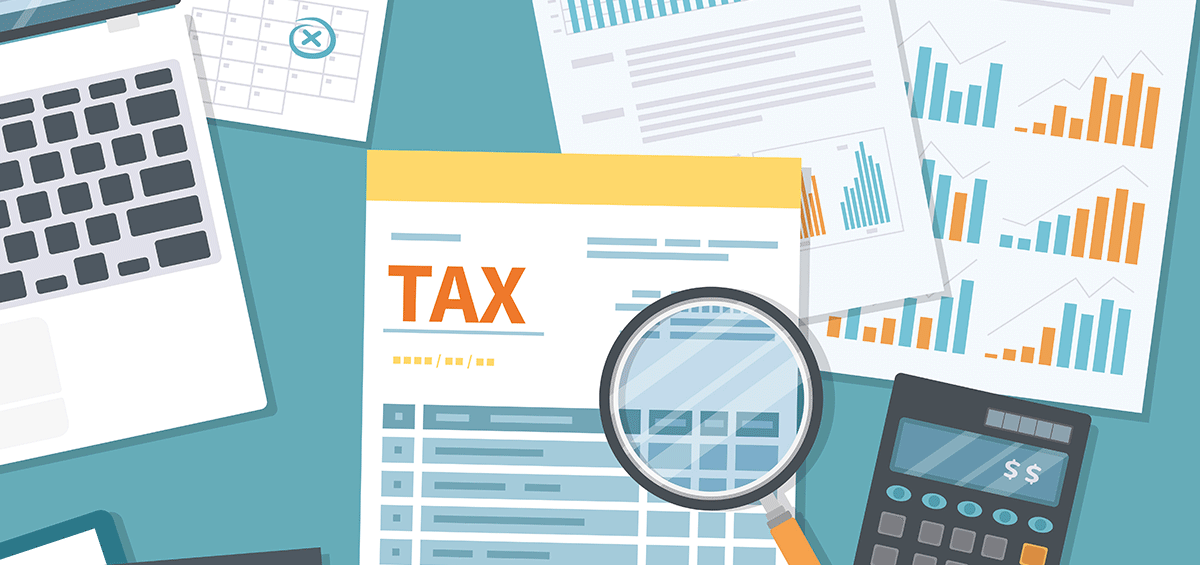If you were unpleasantly surprised by the amount of tax you owed or the amount of your tax refund when you filed your 2018 tax return, it may be time to check your withholding.
It may also be time if there are changes in your life or financial situation that affect your tax liability. For example, have you recently married, divorced, had a child, purchased a new home, changed jobs, or had a change in the amount of your taxable income not subject to withholding (e.g., capital gains)?
You can generally change the amount of federal tax you have withheld from your paycheck by giving a new Form W-4 to your employer. You can use a number of worksheets for the Form W-4 or the IRS Withholding Calculator (available at www.irs.gov ) to help you plan your tax withholding strategy.
If changes reduce the number of allowances you are permitted to claim or your marital status changes from married to single, you must give your employer a new Form W-4 within 10 days. You can generally submit a new Form W-4 whenever you wish to change your withholding allowances for any other reason.
In general, you can claim various withholding allowances on the Form W-4 based on your tax filing status and the tax credits, itemized deductions (or any additional standard deduction for age or blindness), and adjustments to income that you expect to claim. You might increase the tax withheld or claim fewer allowances if you have a large amount of nonwage income. (If you have a significant amount of nonwage income, you might also consider making estimated tax payments using IRS Form 1040-ES.) The amount withheld can also be adjusted to reflect that you have more than one job at a time and whether you and your spouse both work. You might reduce the amount of tax withheld by increasing the amount of allowances you claim (to the extent permissible) on the Form W-4.
You can claim exemption from withholding for the current year if: (1) for the prior year, you were entitled to a refund of all federal income tax withheld because you had no tax liability; and (2) for the current year, you expect a refund of all federal income tax withheld because you expect to have no tax liability.
Copyright 2006- Broadridge Investor Communication Solutions, Inc. All rights reserved.
Broadridge Investor Communication Solutions, Inc. does not provide investment, tax, or legal advice. The information presented here is not specific to any individual’s personal circumstances.
To the extent that this material concerns tax matters, it is not intended or written to be used, and cannot be used, by a taxpayer for the purpose of avoiding penalties that may be imposed by law. Each taxpayer should seek independent advice from a tax professional based on his or her individual circumstances.
These materials are provided for general information and educational purposes based upon publicly available information from sources believed to be reliable—we cannot assure the accuracy or completeness of these materials. The information in these materials may change at any time and without notice.
*Non-deposit investment products and services are offered through CUSO Financial Services, L.P. (“CFS”), a registered broker-dealer (Member FINRA / SIPC) and SEC Registered Investment Advisor. Products offered through CFS: are not NCUA/NCUSIF or otherwise federally insured, are not guarantees or obligations of the credit union, and may involve investment risk including possible loss of principal. Investment Representatives are registered through CFS. Coastal Federal Credit Union has contracted with CFS to make non-deposit investment products and services available to credit union members.
CFS representatives do not provide tax or legal guidance. For such guidance please consult with a qualified professional. Information shown is for general illustration purposes and does not predict or depict the performance of any investment or strategy. Past performance does not guarantee future results.
Trust Services are available through MEMBERS Trust Company. CFS* is not affiliated with Members Trust Company.






